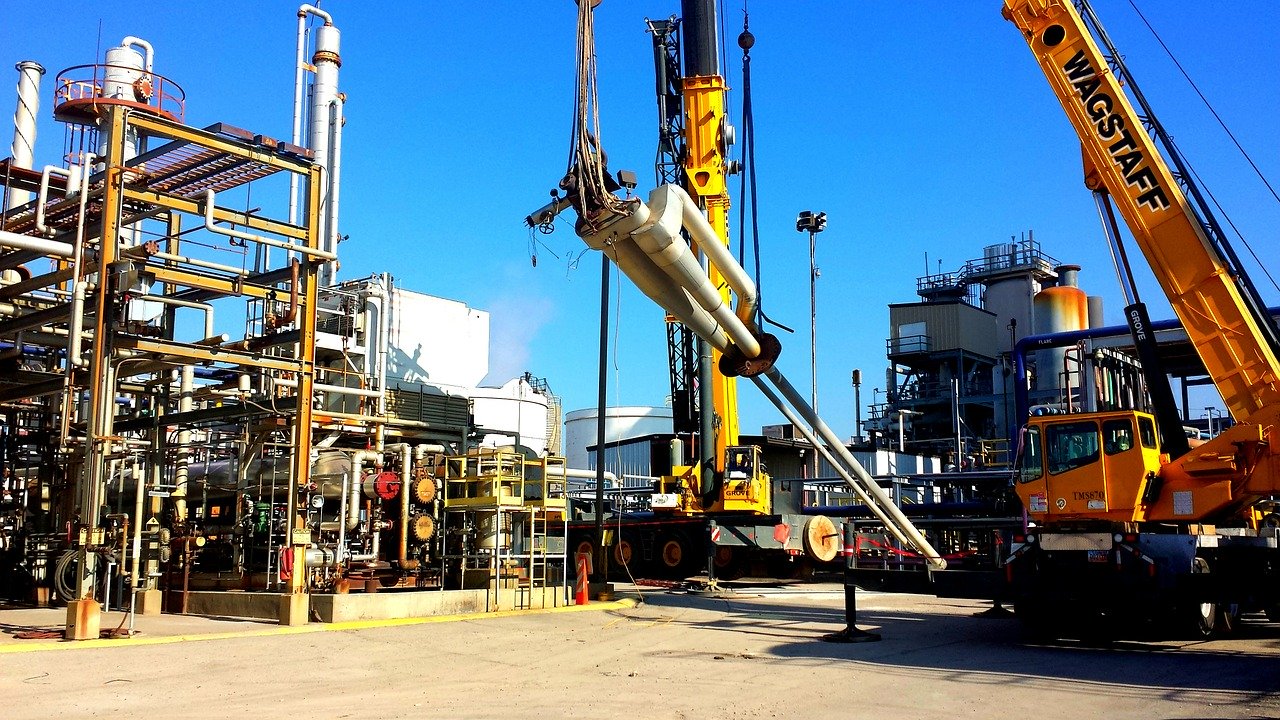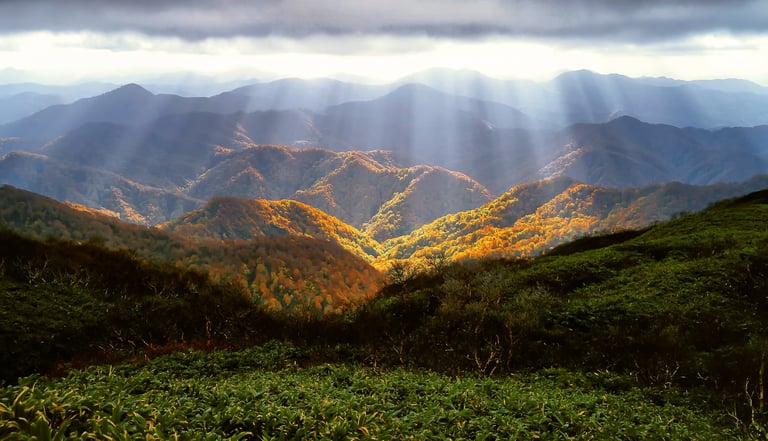Serinus Energy plc (LON:SENX) Chief Executive Officer Jeffrey Auld and Chief Financial Officer Andrew Fairclough caught up with DirectorsTalk for an exclusive interview to discuss Q1 2021, production average, financial highlights and growth plans for the year.
Q1: First off, how would you describe the first quarter of 2021 for Serinus Energy?
A1: I think we had a good strong quarter, obviously commodity prices around the world were helping in the first quarter, certainly we didn’t have some of the disruptions that we had in the first quarter of last year.
The cashflow continues to be strong out of our fields and the first half of 2021 is the preparation works for all of the capital improvements that we’re making to the fields, we should show the effects of those through the second half.
So, really the first quarter showed the strength of cashflow generation of the business and it had our teams working hard to put in place the developments that we’ve talked to in the market. Those would be the artificial lift programs in Tunisia, the workovers in Tunisia, compression well on the Moftinu gas plant and most importantly, we’re looking forward to the drilling of the Sancrai-1 well.
Q2: Jeffrey, first quarter production average was 2,097 BOE per day and with an exit production rate at the end of March of 2,240 BOE per day. Can you explain for us what is happening there?
A2: There’s lots of moving parts here so I’ll go through some of the critical changes through the quarter.
I think what we can see is the exit rate coming out of March, the production is back on its rising trend so through the quarter, we did a couple of things. Firstly, as we exited 2020, Moftinu gas field has a natural decline rate and that was progressing, we drilled the 1008 well, and that 1008 well is probably the last development well into the field. It went into the eastern edge of the field, we produce all of the Moftinu wells from four zones, the lowest zone is called the A1 and in the 1008 well, the A1 was filled with water so we shut that flooding sleeve, we shut the zone off in the 1008 well, and the 1008 well produces now from the three upper zones.
At the same time, because we had the rig in the field, we took the precautionary step of closing the A1 in the Moftinu 1007 well, and we do this to make sure that we don’t overproduce or pull that zone too hard, that could have the effect of pulling water up and you could lose a whole well, all four zones in the 1007 well could be lost so it’s a precautionary reservoir maintenance type measure. So that means that the 1007 well is now producing from three zones so a little bit less gas, but the A1 will produce from the 1003/1004 well, and it will produce longer.
We also had increases in Tunisia so the decrease that we saw by maintaining the field in a more prudent manner was offset to some manner by the increases from the workovers that we’re seeing in Tunisia.
So, the Tunisian wells that we worked over towards the latter end of the year have gradually increased production, steadily increased production almost every day so when we get our reports in the morning, we get to see the increases every day so that’s good to see.
So, there’s moving parts here where you have reservoir maintenance in Romania and increases in production in Tunisia but the point here is a month by month production figure is really not something we’re looking at too closely in the business. We’re looking at the longer term production trends, we’re trying to get to those targets where we set and we’re also being prudent with the management of fields. We’re in this for a long game so over producing in a short term really, to the detriment of longer and leaving gas behind, is not something this company is going to do.
I think those are the big pieces of the production but the point is, we come out of March with the average, it’s rising again, we’re back on track so again, a good quarter but lots of technical work had to be done in the quarter.
Q3: Andrew, financials continue to be consistent, what were the highlights in your opinion?
A3: Yes, very consistent. Revenue was $7.6 million, we continue to invest in the business for growth, CapEx was $3.5 million, and that was primarily relating to our spend on the Moftinu 1008 well that we completed in the quarter and pre-drilling costs as we start moving towards Sancrai-1.
We continue to generate positive cash flow, we generated EBITDA of $2.6 million in the quarter and we closed the quarter $5.3 million of cash so we see it as a very consistent and strong cash generating quarter for us.
Q4: What are Serinus Energy’s growth plans for the coming year?
A4: Well, I alluded to the major growth plans for the coming year in my first answer. I think in order of how they will occur in, in chronological order, we are getting ready to drill the Sancrai-1 well in June, that is a well that we’ll drill a prospect of 7.4 kilometres south of the Moftinu gas field. We look at the Sancrai prospect as being a very much a lookalike, that has identified with existing wells, old legacy Wells, 3d and 2d seismic, and we look at it as a lookalike to Moftinu so that’s the first thing that will happen.
Secondly, we’ve commissioned and we are fabricating compressor skids for wells in Moftinu and that will allow the Moftinu gas field to produce stable, the pressures will be stabilised. It will allow the field to produce for longer and it’s a normal evolution of a development of a gas field so we’ll put those in.
We’re looking to put artificial lift into the Sabria field in Tunisia, people will remember that Sabria is, according to our reserve engineers, 445 million barrels of oil originally in place of which less than 1% has been recovered. It’s a conventional oil field and it doesn’t have a single pump on it anywhere so we’re very much looking forward to putting the pumps in the field and that is very material for us. And we look towards that program as the program that delivers the bulk of the production increases to get us to our annual targets. That could happen in the latter half of the year, we do have a partner in the Sabria field, which is the Tunisian state oil company, they have been hit very, very hard by the pandemic, and so we’re working very closely with them trying to accelerate but a Tunisian state oil company that’s under the burdens of a pandemic, it takes time for us to work through that.
Throughout the year, this one’s a little bit out of chronological order, we’re looking at doing further workovers in the southern fields in Tunisia. We’ve seen very good steady, it’s not immediate production jumps, so you don’t do a work over and get a hundred more barrels a day, but you do get a steady growth, cleaning out the well, putting a pump in, running that pump at the proper frequency and we’ve seen those increases in Tunisia and we’re continuing to see those increases.
So, those are some pretty big projects they can deliver the production increases that we’re looking for the year get delivered in the latter half of the year and so we’re very much working hard towards those targets.






































